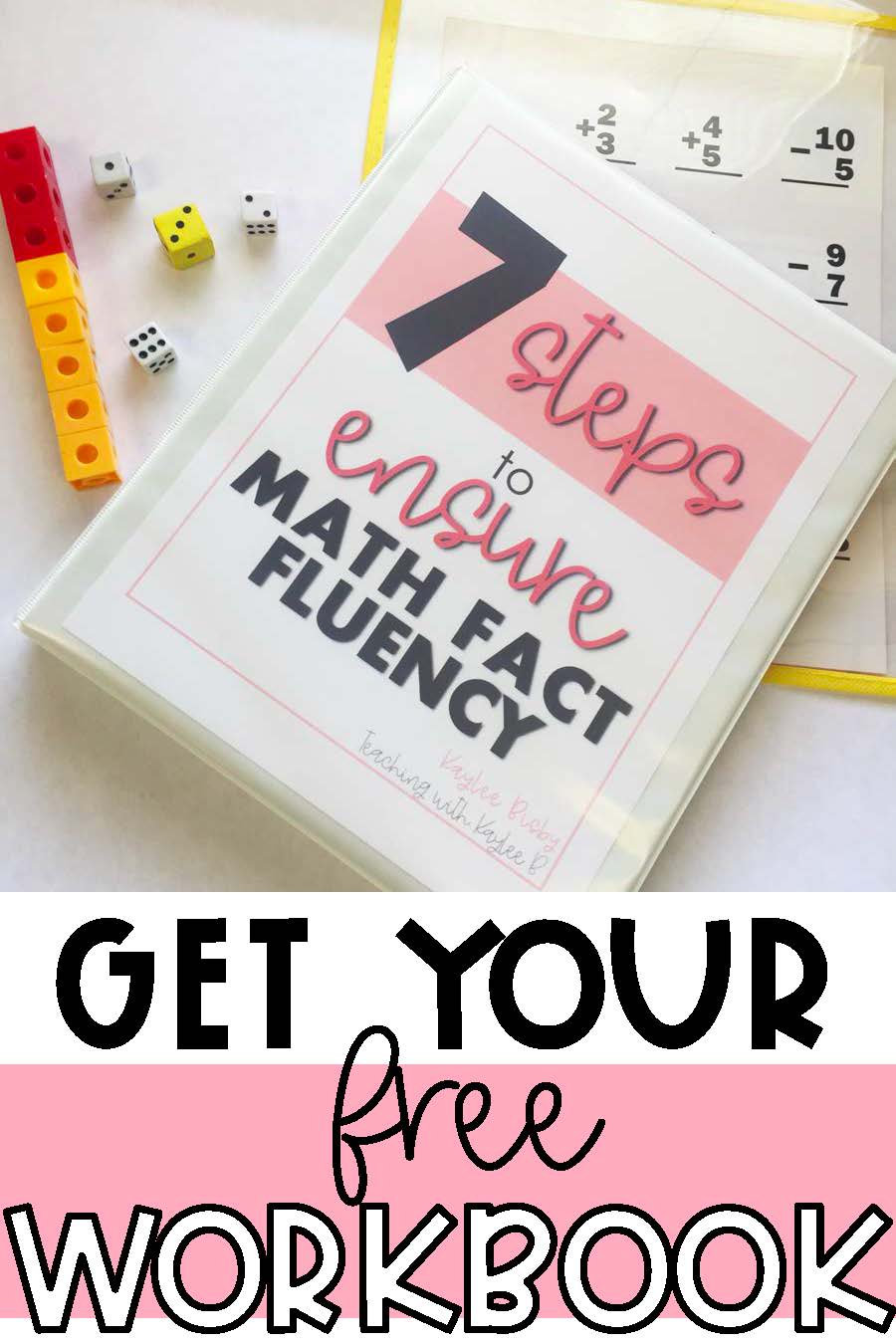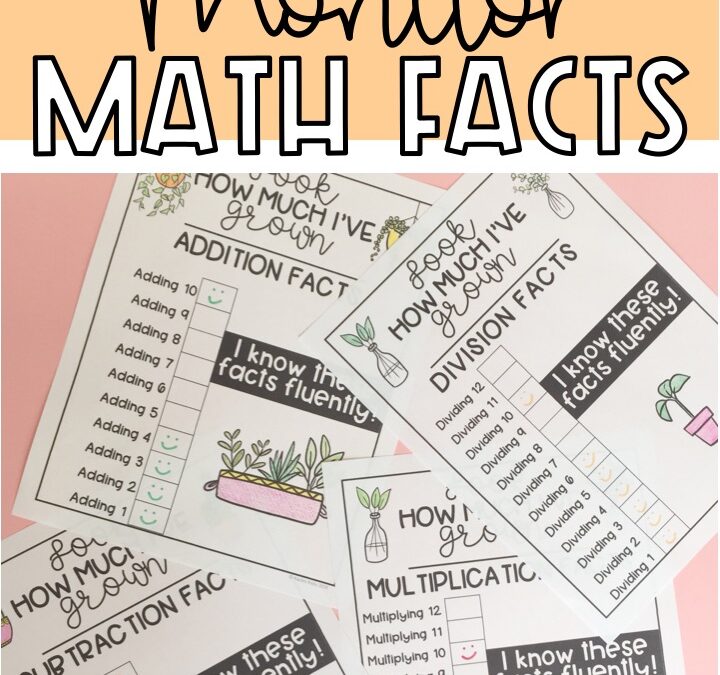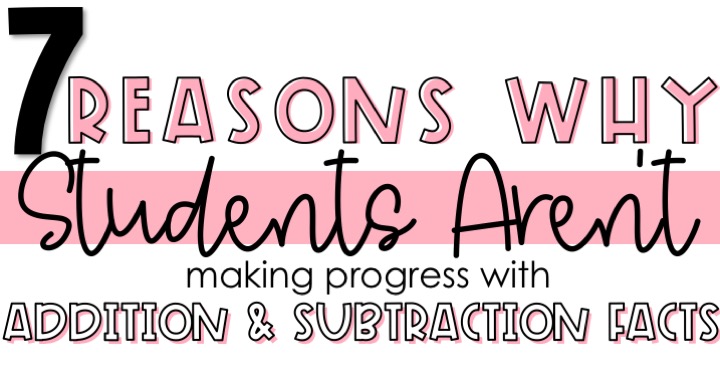
Do you ever feel like your students just can’t memorize addition and subtraction facts? They just look at you with that confused face when they see a fact. Or they just feel stuck. You wish you could do something differently to help students to actually start seeing progress with addition and subtraction facts. Well, hey I think we have all been there!
That is why I wrote this blog post about the 7 reasons why your students aren’t making progress with addition and subtraction facts. But first I want to make sure you get my free workbook for teachers: The 7 Steps to Ensure Math Facts Fluency. Download your free workbook here.
1. They haven’t seen the patterns with adding 0 and adding 1.
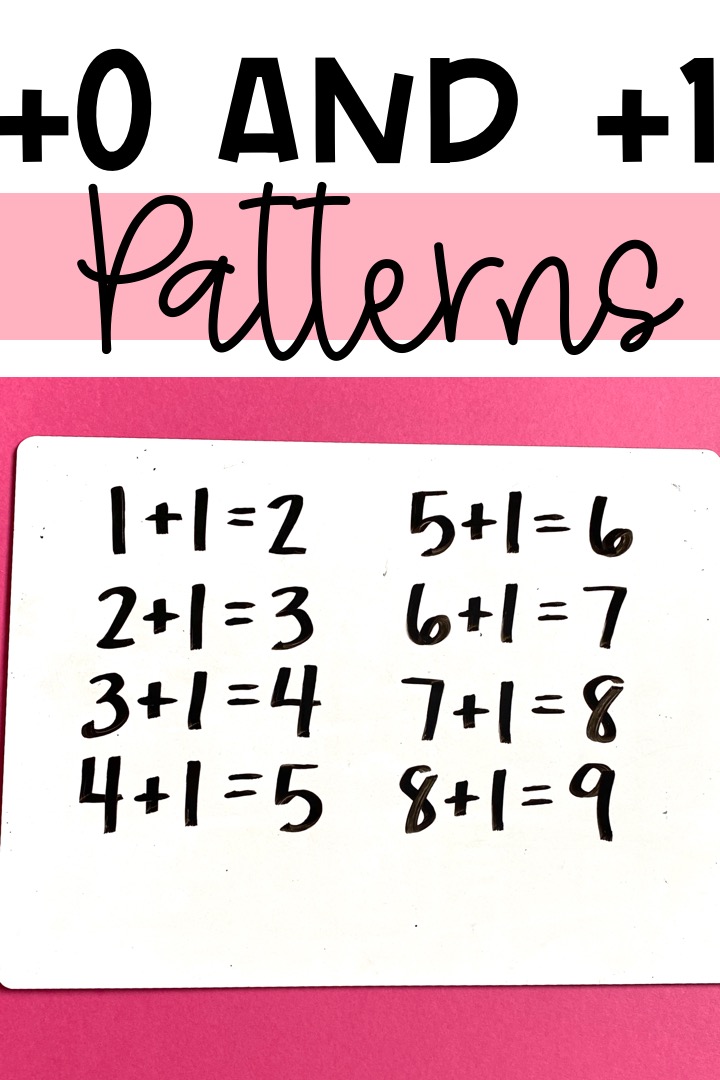
Adding 0 and Adding 1 should be where you start with teaching math facts. Students are quick to pick up the pattern after working with these types of math fact problems. But here’s the thing, you need to make sure students have actually been taught this. It can be super quick, but super helpful to students who haven’t been taught it yet.
2. Students have not seen the pattern with commutative pairs.
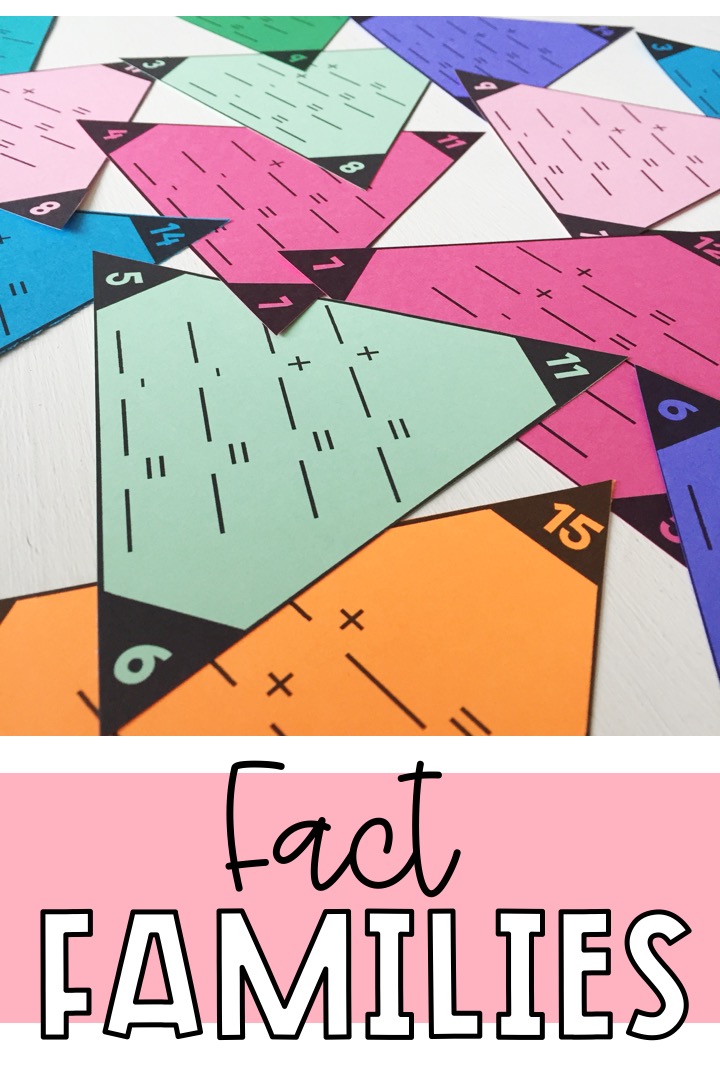
If students know 2+3=5, they know 3+2=5. Once they know these patterns, they automatically know twice as many math facts. You can take it a step further as well by working with fact families. This helps students see that addition facts are also related to subtraction facts. They can also know that 5-2=3 and 5-3=2. I have my students work with fact families a lot! Find the task cards I use here. And the digital ones here.
3. Students haven’t committed doubles facts to memory.
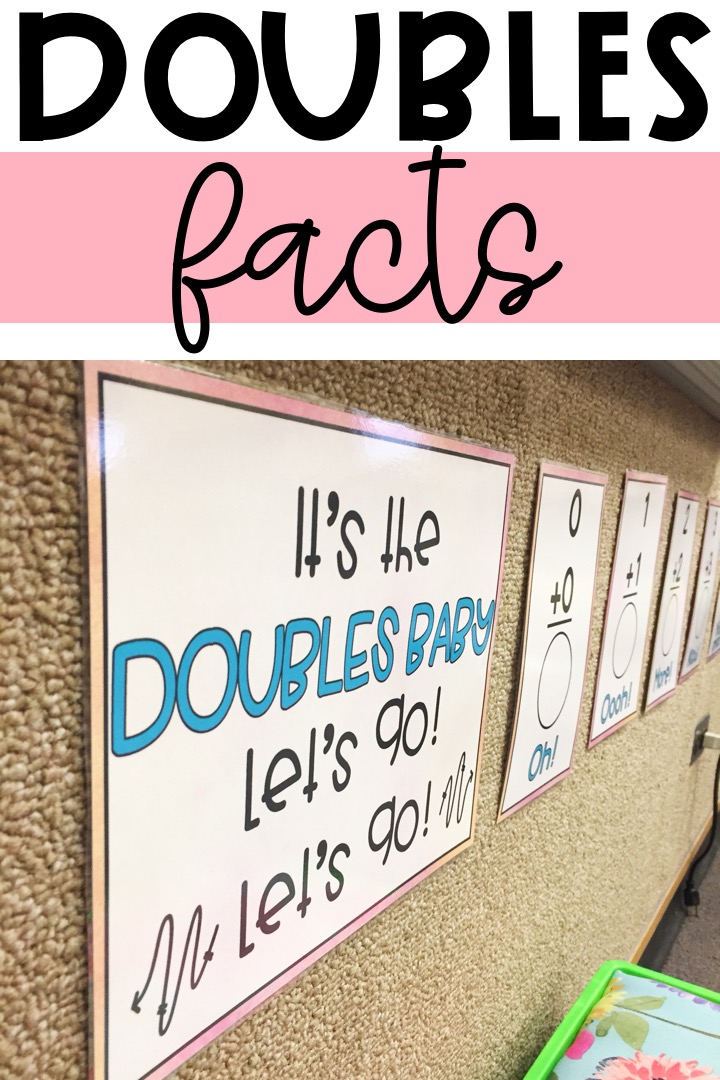
Doubles facts are easier for our brain to remember. They are a novelty among the facts and our brains love that. It is important for students to commit doubles facts to memory because they can use doubles facts to memorize harder facts later on. For example, if a student knows 5+5=10, then they can find the sum of 5+6 pretty easily. They know 6 is one more than 5. So the answer has to be one more than 10! I use a song and posters to help my students learn math facts. Find it, along with task cards here. And the digital version here.
4. Students are burned out from timed tests.
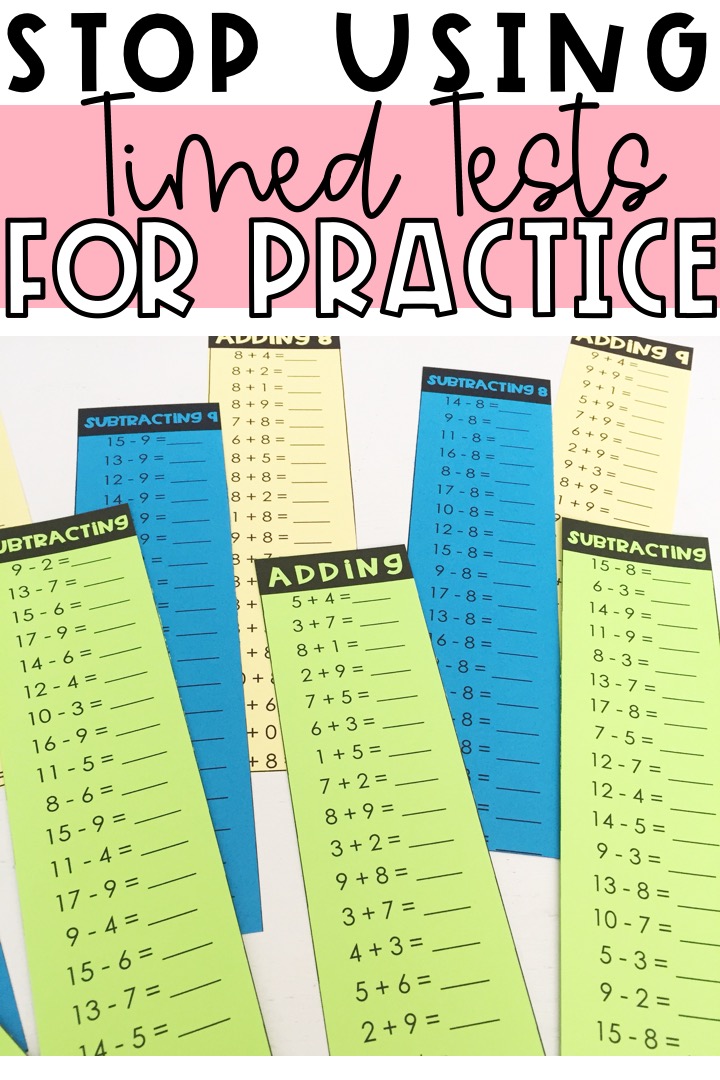
If you are using timed math fact tests for students to memorize addition and subtraction facts every day, then there is a good chance they are just burned out from them. These timed tests are just that. Tests! Not practice activities. They should be used to show where students are at with addition and subtraction fact fluency. To read more on this subject, read this blog post: Stop Using Timed Tests for Practice
5. You are not progress monitoring students.
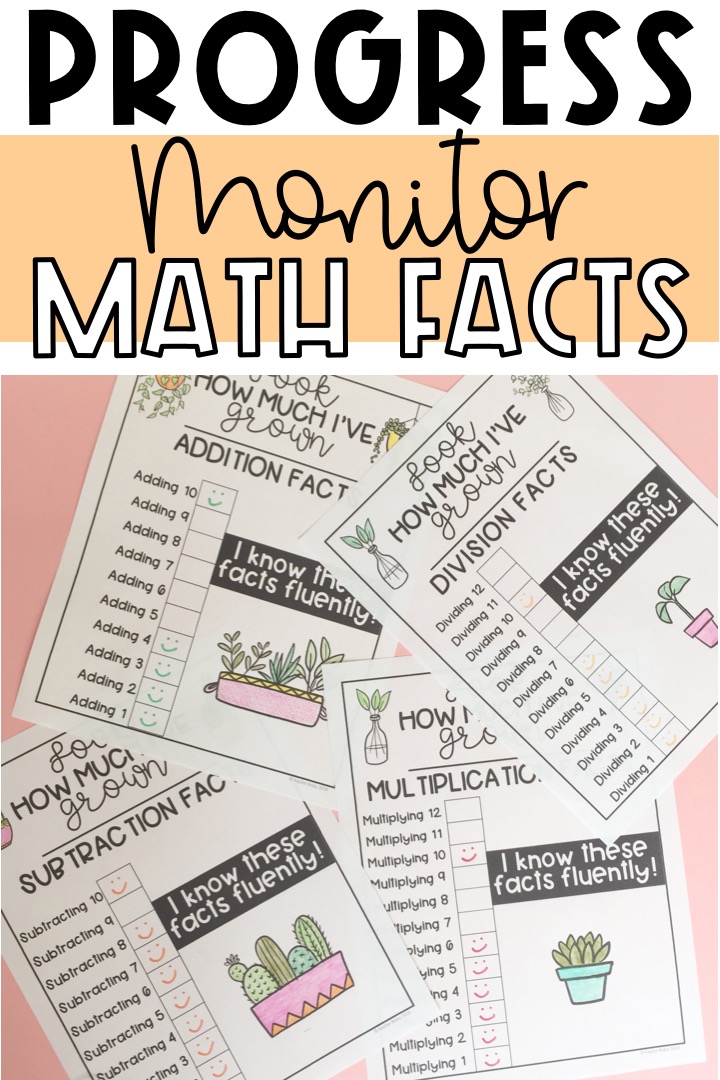
Students feel motivated when they can see their progress. I love to help students find the mindset that they are not comparing their progress to others’. They are just trying their best. They need to focus on their progress. I make progress monitoring booklets for my students. They fill them out and are able to see their progress. Then we can make goals together. To find the Math Facts Progress Monitors I use here.
6. Students are not working with strategies.
Strategies help students find connections to the addition and subtraction facts. They help students build number sense. They help students discover the answer for themselves. And when we discover things for ourselves, we remember them better. That is why we focus on math fact strategies in my classroom.
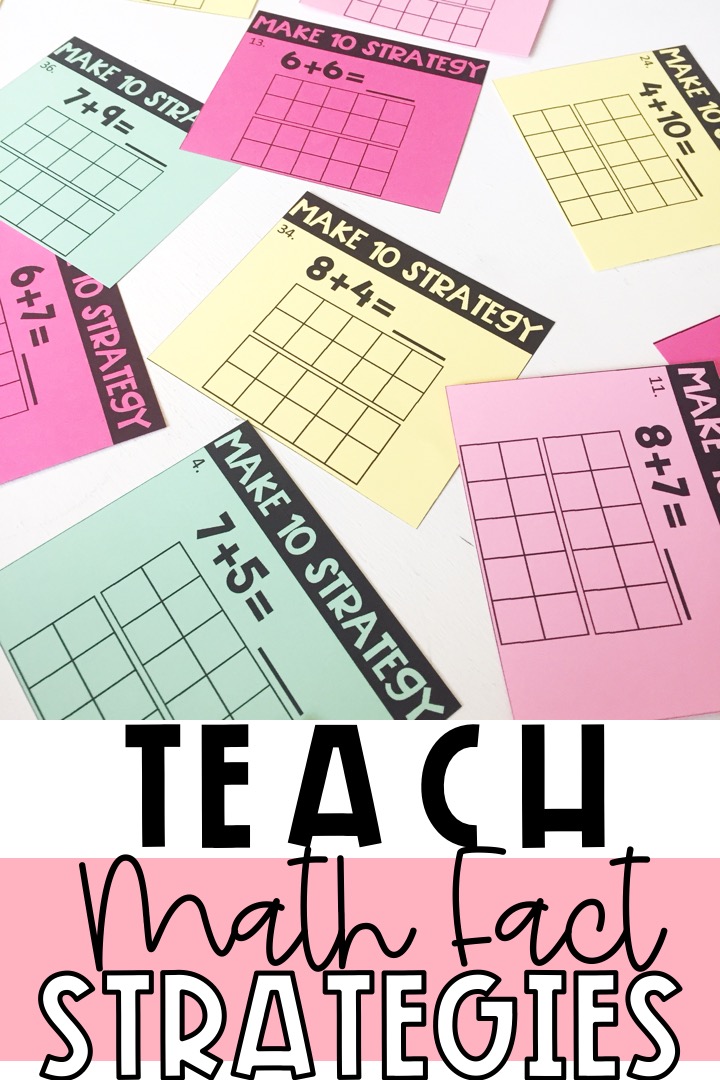
But here’s the thing. You can’t just teach the strategy once and expect students to use it. You need to model them daily. They need to work and practice with them frequently. To learn more about the math fact strategies I teach in my classroom. Read this blog post here. To find the task cards I use to help students practice them, click here. And find the digital version here.
7. You are not being consistent with math facts.
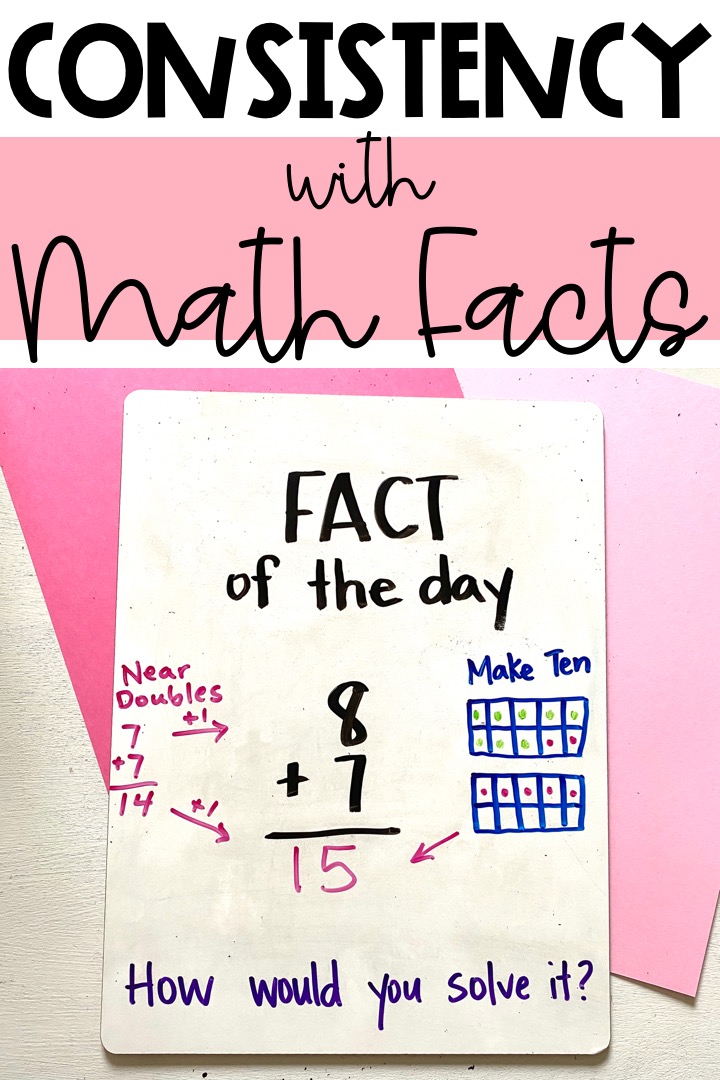
For students to make progress with addition and subtraction math facts to 20, they need consistent practice. They need practice every single day! You may be thinking that you can’t fit it in your classroom schedule… But I know you can! You can fit it into a center by having students playing math fact games. You can do a quick “Math Fact of the Day” before your regular math lesson. Find out more how to do this in this blog post: How to Teach Math Facts Daily.
So if you are feeling like your students are not making progress with addition and subtraction facts. Check yourself on some of these things. Start applying them! And see how things change for the better. For more information and help in teaching math facts, download this free workbook: The 7 Steps to Ensure Math Fact Fluency.
